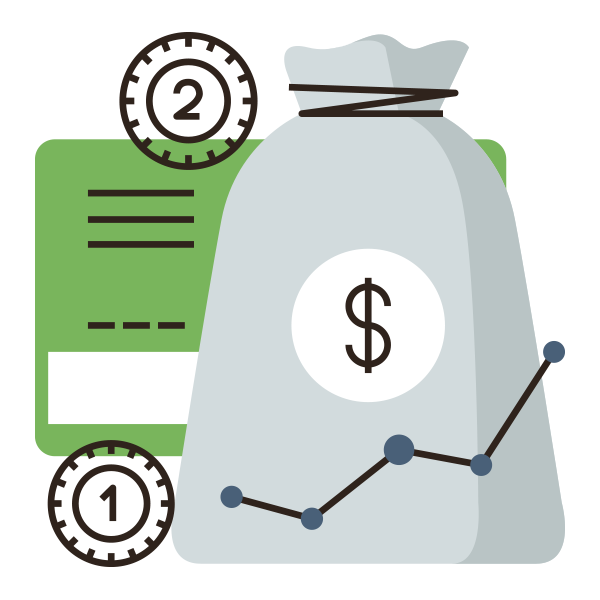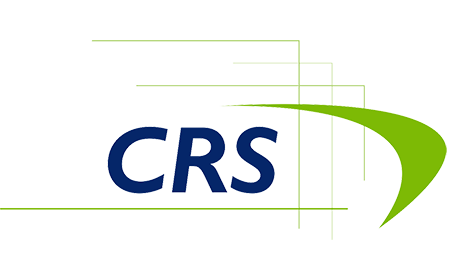Plan Administration
401(k) Retirement Plans
Traditional, Safe Harbor 401(k) Plan, Roth 401(k) Plan and SIMPLE 401(k) Plan

Traditional 401(k) Plan
A 401(k) plan allows employees to contribute a portion of their income to an employer-sponsored retirement plan on a pre-tax basis. The employer may choose to contribute matching amounts into the plan. The employer can also use the plan to provide profit sharing contributions to all eligible employees. Highly compensated employee deferral and match contributions are limited by discrimination testing.
Safe Harbor 401(k) Plan
This plan is similar to the traditional 401(k) plan with the exception that highly compensated employee contributions are not limited by the discrimination testing. The employer must either make a 3% safe harbor nonelective contribution or a safe harbor match contribution of at least 100% of compensation on the first 3% deferred by the employee plus 50% on the next 2% deferred. Both of these safe harbor contributions are 100% vested immediately.
Roth 401(k) Plan
With a Roth feature, the employee does not get a tax deduction at the time of the deferral contribution (it’s an after-tax contribution), but all assets at retirement are tax-free, including earnings. A plan with a Roth feature must also have the traditional pre-tax deferral option as well.
Simple 401(k) Plan
These plans eliminate many of the testing requirements of a standard 401(k) plan in exchange for restrictions on contributions and the timing of setup and communication of annual employer contribution requirements to employees.


Profit Sharing Plans
Traditional, New Comparability, Integrated, and Age Weighted

Traditional Profit Sharing Plan
This plan type was designed for employees to share in the employer profits. Employer contributions are generally allocated to the participants in proportion to their compensation.
New Comparability Profit Sharing Plan
Also referred to as a Cross Tested Plan. The goal of this type of plan is to maximize benefits for a group of employees (usually owners) while minimizing the contributions required for other groups (usually non-owners). Employees are divided into groups (or classes) with set contribution rates for each group.
Integrated Formula Profit Sharing Plan
This type of plan correlates the employer contribution formula with Federal Social Security benefits. The Internal Revenue Code allows additional allocations to the compensation in excess of the Social Security Taxable Wage Base because these dollars do not accrue social security benefits.
Age Weighted Profit Sharing Plan
The age-weighted profit sharing plan is a retirement plan design that allows employers to make contributions based on an employee’s age as well as salary. Under this arrangement, there is a chance for older employees to receive contributions that are much larger than those received by younger workers.

Additional Plan Types
Cash Balance, 403(b), Money Purchase, Multiple Employer, Davis-Bacon
Cash Balance Plan
Cash balance plans are defined benefit plans that look like defined contribution plans as they maintain hypothetical individual employee accounts. Section 412 of the Code requires the employer to make annual contributions to the plan. As part of this process the plan is required to have an actuary perform annual “actuarial valuations” in which the present value of each worker’s “accrued benefit” is estimated and then each present value for each worker covered by the plan is added up so that the minimum annual contribution can be determined.
Money Purchase Plan
For money purchase plan, the annual employer contribution is fixed by a formula stated in the plan document. The employer must contribute according to the plan’s established formula.
Multiple Employer Plan
A Multiple Employer Plan is a plan sponsored by 2 or more employers where at least 2 of the sponsoring employers are not members of the same related group. It allows unrelated companies to participate in one plan and share the retirement cost of administering a 401(k) plan.
403(b) Plan
A 403(b) plan is a retirement savings plan sponsored by 501(c)(3) entities (non-profit organizations) for their employees. These plans have many similarities to 401(k) plans but have different rules on contribution limits, discrimination requirements, and other administrative requirements.
Davis-Bacon Plan
A plan for workers on federal and state construction contracts worth $2,000 or more and are paid the “prevailing wage”, which includes a specified hourly fringe benefit amount. This plan allows the employer savings in payroll taxes by contributing all, or part of the fringe benefit portion of the required hourly rate into a qualified retirement plan.

